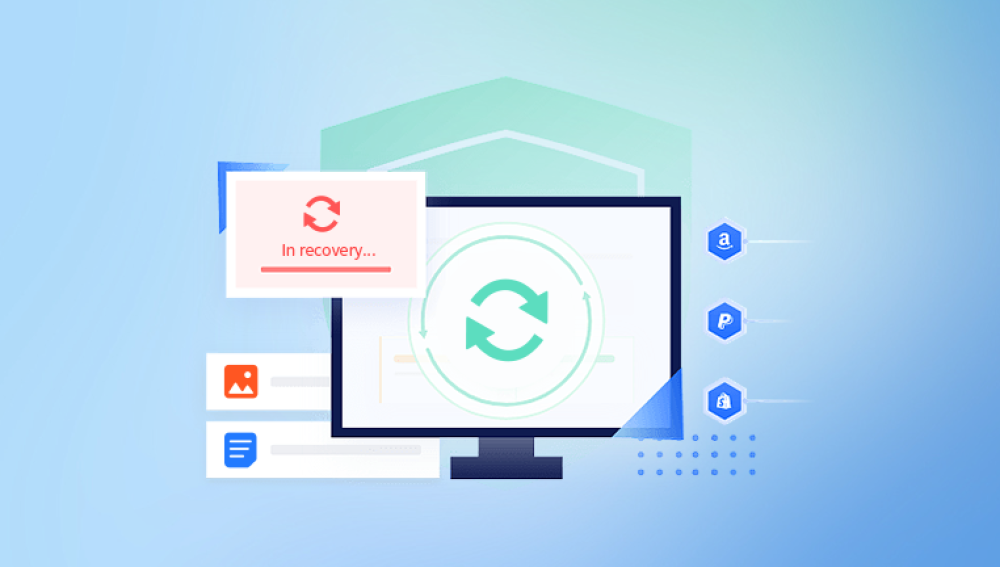Old photographs are priceless treasures that connect us to history, family, and memories. However, over time, physical photos often suffer from fading, creases, scratches, stains, or color deterioration. While professional restoration services can be costly, modern technology offers a way to restore old pictures digitally often for free and online.
Before diving into tools and techniques, it’s important to understand what photo restoration entails:
Restoration involves repairing visible damage such as tears, scratches, stains, and fading.
It also includes color correction, removing discoloration, balancing exposure, and sharpening details.
The goal is to preserve the authenticity of the original photo while enhancing its appearance.

Why Restore Photos Online?
Online restoration tools are increasingly popular due to several advantages:
No software installation required accessible through web browsers.
Free or freemium models allowing casual users to restore photos without cost.
AI-driven automation can quickly fix common issues.
User-friendly interfaces that don’t require technical knowledge.
Can be used on any device with internet access PC, Mac, tablet, or phone.
Step 1: Prepare Your Old Photo for Restoration
Digitizing the Photo
You need a digital copy of your old photo to use online tools:
Use a flatbed scanner for the best quality — scan at 300 dpi minimum, 600 dpi preferred.
If you don’t have a scanner, take a high-quality photograph of the old photo with good lighting and minimal reflections.
Save the scanned image as a JPEG or PNG file. PNG preserves more detail and avoids compression artifacts.
Crop the image to remove unnecessary borders or background.
Step 2: Choose the Right Free Online Restoration Tool
Drecov Data Recovery
Drecov Data Recovery Online Free is a web-based tool designed to help users recover deleted or lost files from hard drives, USB flash drives, memory cards, and other storage media. The online service is user-friendly, allowing even beginners to recover files without advanced technical skills.
How Does It Work?
When a file is deleted, it is not permanently erased immediately; instead, the space it occupies is marked as available for new data. Drecov Data Recovery scans the storage device to locate these files and recover them before they get overwritten.
The online tool works by:
Allowing you to upload your storage device or select the location where files were lost.
Performing a scan to detect recoverable files.
Showing you a preview of recoverable pictures and files.
Letting you select and download the recovered files directly through the web interface.
Benefits of Using Drecov Data Recovery Online Free
No software installation required.
Easy-to-use with step-by-step guidance.
Supports many file types, including JPEG, PNG, and RAW images.
Compatible with various devices and file systems.
Limitations
May have limits on the number or size of files recoverable for free.
Deep scans and advanced recovery features often require a paid version.
Not suitable for physically damaged drives.
Step 3: Upload and Scan Your Photo on the Chosen Platform
Visit the website of the restoration tool.
Upload your scanned photo.
For AI tools, select restore, enhance, or colorize.
For manual editors, prepare to use editing tools.
Step 4: Automatic Restoration with AI Tools
How AI Restoration Works
AI restoration tools use deep learning models trained on thousands of images to detect and fix:
Scratches, dust, and noise.
Faded or washed-out colors.
Blurry or low-resolution details.
Old photo damage patterns.
These tools often require just one click and provide quick results. However, automatic restoration may sometimes produce artifacts or miss certain damages, so manual touch-up is useful.
Using Image Colorizer or MyHeritage In Color™
Upload the image.
Let AI analyze and restore.
Download the enhanced image.
Optionally, run the photo through the tool multiple times or combine with manual editors for best results.
Step 5: Manual Restoration Using Free Online Editors
Automatic tools are great for quick fixes, but for:
Complex damages like tears or missing pieces,
Precise color corrections,
Removing specific stains,
manual editing is required.
Tools and Techniques:
Healing Brush & Clone Stamp
Use the healing brush to remove scratches and spots by blending nearby pixels.
Clone stamp duplicates clean areas over damaged spots.
Adjust Levels, Curves, and Contrast
Correct faded tones and brighten shadows/highlights.
Improve overall photo clarity.
Color Correction
Use Hue/Saturation or Selective Color tools to restore original colors or remove color casts.
Convert black-and-white photos to color by painting on new layers (advanced).
Sharpening
Apply sharpening filters to enhance details but avoid over-sharpening to prevent noise.
Step 6: Save and Compare Versions
Always work on duplicate layers or copies to preserve the original scan.
Save your restored photo in PNG or TIFF for lossless quality.
Compare before-and-after images to evaluate your restoration.
Step 7: Additional Free Online Tools and Resources
Remove.bg: Remove backgrounds or unwanted elements.
Canva Free Editor: Add frames or text to enhance restored photos.
DeepAI Image Inpainting: Fill in missing parts of photos intelligently.
Step 8: Tips for Successful Online Restoration
Start with the highest quality scan possible.
Crop and rotate photos properly before restoration.
Be patient with manual touch-ups; zoom in to fix fine details.
Use a combination of automatic and manual methods.
Avoid saving too many times in JPEG format to prevent quality loss.
Back up your restored images in multiple locations.
Advantages and Limitations of Free Online Restoration
Advantages:
Accessibility and ease of use.
No installation or powerful hardware needed.
AI can fix many common issues automatically.
Free or freemium pricing suitable for casual users.
Limitations:
Some tools limit the number of free restorations.
Advanced restoration may require manual effort.
AI might misinterpret certain photo damages.
Uploading large or very old, fragile images might need extra care.
When to Consider Professional Restoration
If your photo has:
Severe physical damage like large missing parts.
Complex color fading or multiple layers of discoloration.
Very high sentimental or historical value.
Professional photo restoration services can provide expert retouching but usually at a cost.
Old picture restoration online for free is a practical and effective way to revive your cherished photos. Thanks to AI-powered tools and versatile online editors, anyone can enhance, repair, and colorize old photographs without spending money or needing advanced skills.
Start by digitizing your photos carefully, then choose an AI restoration tool to fix common damage quickly. For detailed repairs, complement AI results with manual edits using free online editors like Photopea or Pixlr. Finally, save your work carefully and maintain backups.




